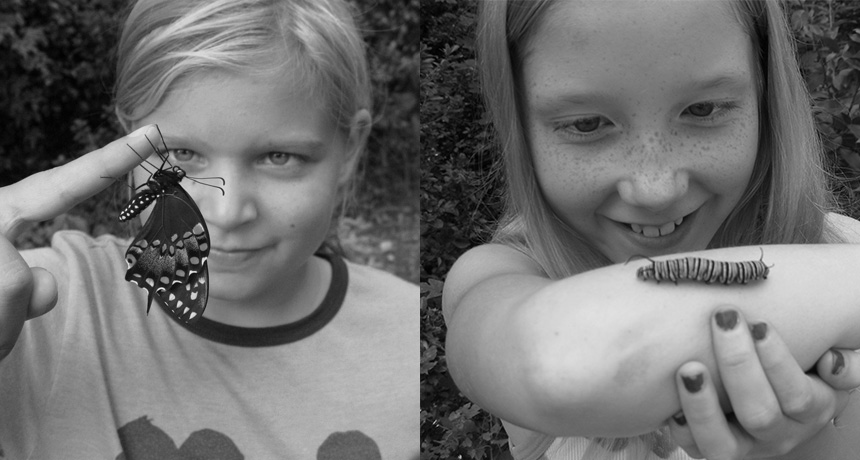
SCIENCE PROJECTS There’s a DIY science book for every kid, whether they are interested in physics, the natural world or just playing with candy.
S. Kneidel/Creepy Crawlies and the Scientific Method2015

SCIENCE PROJECTS There’s a DIY science book for every kid, whether they are interested in physics, the natural world or just playing with candy.
S. Kneidel/Creepy Crawlies and the Scientific Method2015